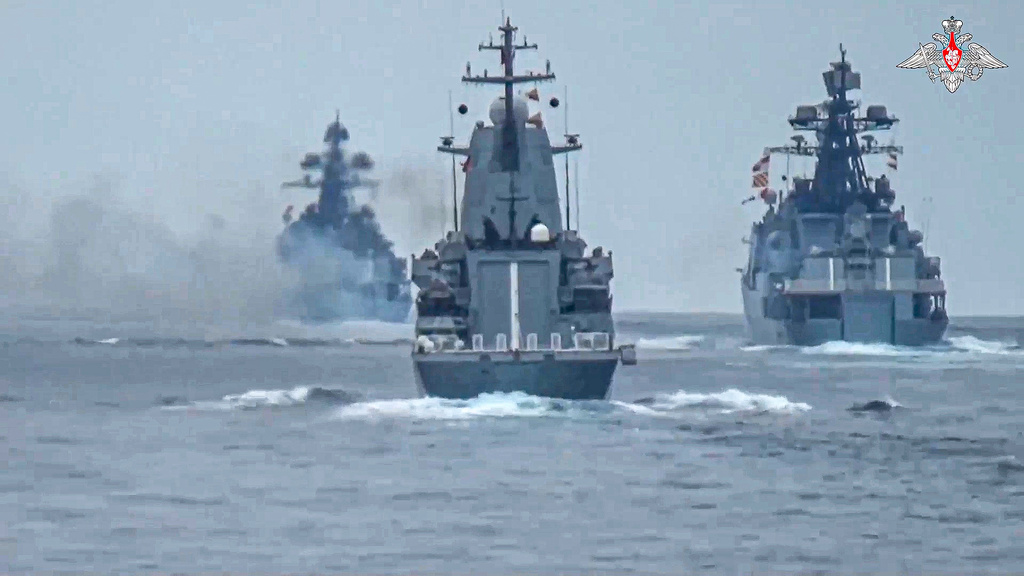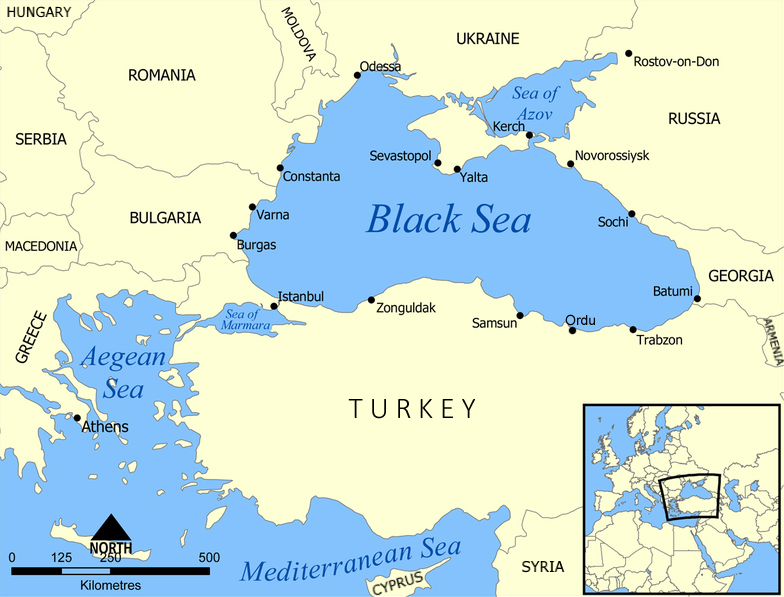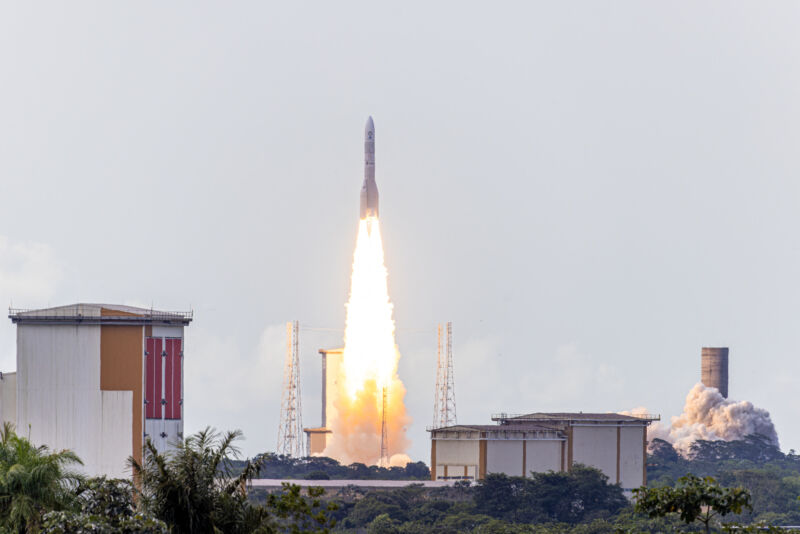
This article was originally published on NY Sun - Foreign. You can read the original article HERE
It’s a modern day “Hunt for Red October,” a Russian Navy mystery for the Putin era. Instead of Washington’s hunt for a missing Soviet submarine, today’s hunt is for the remains of Russia’s Black Sea Fleet.
Last week, Western satellites photographed remnants of Russia’s Black Sea Fleet steaming out of their safe harbor at Novorossiysk, a deep water oil port on Russia’s mainland.
Russia navy captains sought refuge there after Ukrainian sea drones and French and British cruise missiles sank or damaged about half of Russia’s Black Sea fleet during the first two years of the war. But on May 17, Ukrainian long range drones reached Novorossiysk, hitting the oil terminal.
At the same time, videos emerged of Ukrainian sea drones slaloming around barges and steel nets to hit warships at their berths. Basically motorboats packed with high power explosives, these kamikaze drones are operated from Ukraine — hundreds of miles away.
To get out of drone range, a natural move would be to move north, taking refuge in the Sea of Azov. Surrounded on all sides by Russian controlled land, the Azov offers its own challenges. The Azov is the world’s shallowest sea. Depths range from three to 46 feet. This dictates that ships follow predictable navigation channels.

The Azov has two bottlenecks that could make it a trap for the remains of the Black Sea Fleet. At the southern end is the 2.5 mile wide Kerch Strait. A 12-mile, $3.7 billion road and rail bridge over this strait has been hit twice — once by a Ukrainian truck bomb and once by a swarm of Ukrainian Sea Baby drones. Now, British Defense Intelligence reports, Russia floats eight barges in front of the bridge to block the sea drones.
Despite these protective measures, bomb damage has stopped rail traffic. On Monday, road traffic was briefly suspended due to air alerts, reports Crimean Wind, a dissident Telegram channel.
On May 29, Ukrainian drones hit both ends of Russia’s alternative supply lifeline to Crimea — an 11-mile rail ferry. At the port of Kerch, on the Crimean side, Ukrainian drones sank one ferry and severely damaged another.
On the Russian mainland side, at Port Kavkaz, Ukrainian drones damaged the ferry terminal and set an oil depot ablaze. Now, Russia’s alternative military supply route is the “land bridge,” a highway that hugs the northern shore of the Azov.
Pursued by Ukrainian drones, Russian Navy captains know there is a possible escape route at the northern end of the Azov. The 63-mile long Volga–Don Shipping Canal leads to the safety of the Caspian Sea. However, ships must pass through 13 locks.
Built under Stalin in the early 1950s, the canal allows passage of ships with a maximum draft of 12 feet. Last month, two
Russian missile carriers escaped the war by moving through the Canal to the Caspian.
However, Russia’s cherished Ropucha class landing ships have a draft of 12 feet, two inches. Perhaps by leaving a few tanks on shore, a Ropucha could squeeze through.
With analysts searching the Black Sea for Russia’s missing surface fleet, the Ukrainian Navy seems to have solved the mystery. As of last weekend, they reported, 10 Russian Navy boats had crossed into the Sea of Azov. The Ukrainians counted only one Russian warship left in the Black Sea.
Instead, Russia prowls the Black Sea with four submarines, three of them missile carriers, Ukrainian military spokesman Dmytro Pletenchuk said Monday on national television.
Other reports have three amphibious assault ships, three missile ships, and 12 surface warships concentrated in the Azov for “exercises.” Last April, Britain’s defense minister, Grant Shapps, tweeted that Russia’s Black Sea Fleet has essentially been rendered “functionally inactive.”
And the Azov does not look like a safe refuge.
On Monday, Ukraine’s Military Intelligence announced that its sea drones had penetrated the Azov and hit the Engineer Smirnov tugboat near the Russian port of Yeysk. Military Intelligence spokesman Andriy Yusov said: “The destructive fire damage was inflicted after a successful breakthrough of the Russian line of defensive barriers in the Black Sea.”
Ukrainian military news site Defense Express reported: “This was the first time in the full-scale war that Ukrainian drones hit a Russian target in the Sea of Azov.” Crimean Wind posted: “The fact there is a real hunt for the Russian fleet in the Sea of Azov is just mega-positive news that is difficult to overestimate.”
For Russia’s surface fleet, this breaks a continuous Black Sea presence since 1783, the year Prince Grigory Potemkin founded the Black Sea Fleet in Sevastopol. Even during the Nazi occupations of Odesa and Sevastopol during World War II, the Black Sea Fleet continued to operate.
With the Black Sea fleet bottled up in the Azov, it is unclear what Ukraine’s strategy is. This week, Ukraine has used as many of 20 US-supplied ATACM cruise missiles to take out about six Russian anti- S-300 and S-400 land-to-air missile units in Crimea.
Some analysts say these missile raids are designed to clear the way for the entry of Western-supplied Ukrainian F-16s in coming weeks.
Many Russians on the peninsula seem to feel the tightening of a noose.
Atesh, a pro-Ukrainian partisan group that operates a widely read Telegram channel, reported this week that Russian air defense commanders have issued a ‘recommendation’ to their soldiers that they start evacuating their families from Crimea to the safety of military camps in Southern Russia.
And, for Russian ship captains who make it to the safety of the Caspian, bad news awaits. This week, Ukrainian long-range Lyutiy drones were spotted circling over Kaspiysk, a Russian port on the Caspian. There, the Dagdizel Plant, a subsidiary of the Moscow-based Tactical Missiles Corporation, produces torpedoes for Russia’s Navy.
To change the subject from Ukraine, the Russian Navy is promoting its power projection by steaming Wednesday into Havana, Cuba for a five-day goodwill visit. As television cameras whirred, and Russian diplomats took selfies, the frigate Admiral Gorshkov and the nuclear-powered submarine Kazan entered Havana harbor. In speeches no mention was made of the slow motion demise of Russia’s storied Black Sea Fleet.
This article was originally published by NY Sun - Foreign. We only curate news from sources that align with the core values of our intended conservative audience. If you like the news you read here we encourage you to utilize the original sources for even more great news and opinions you can trust!










Comments